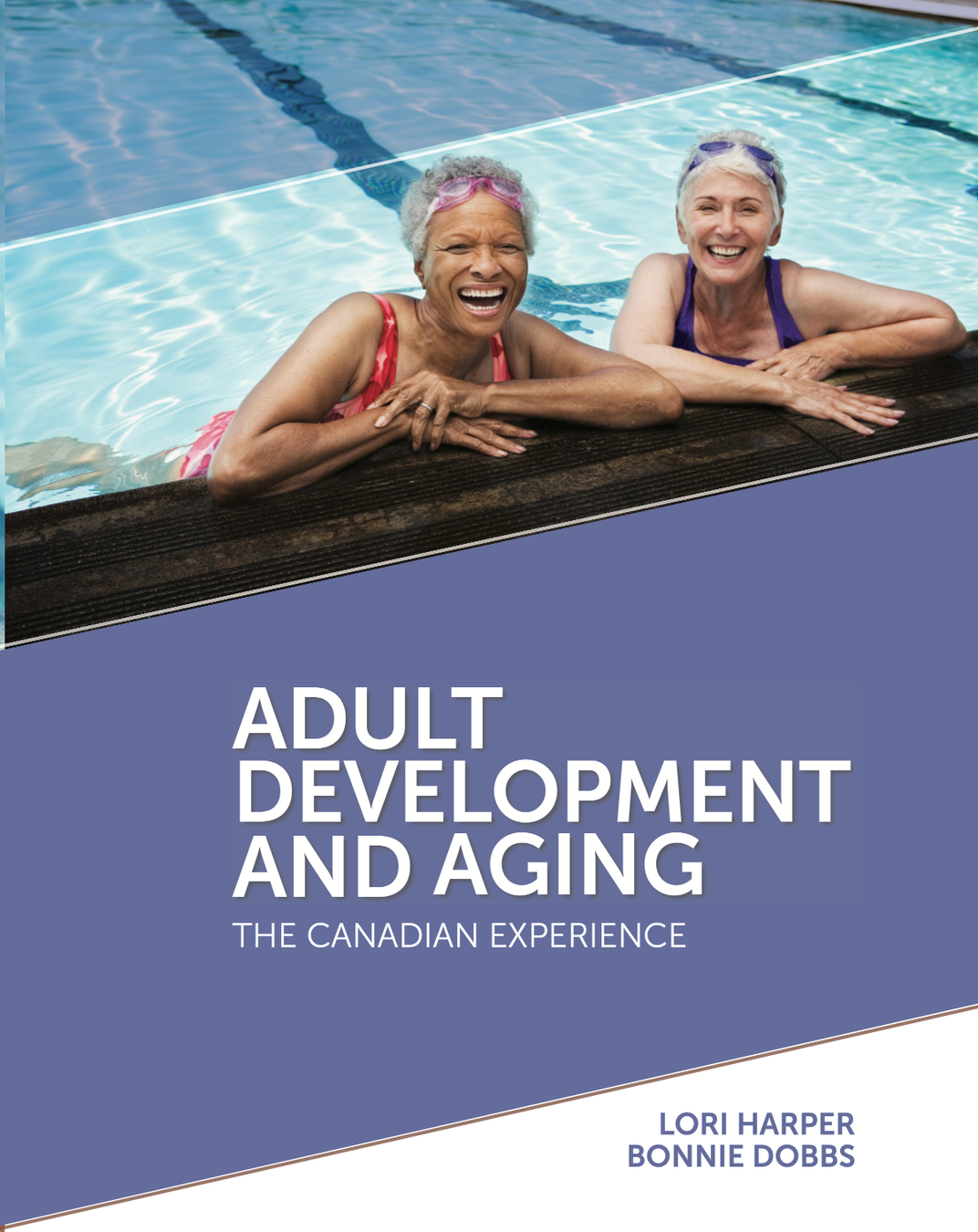Adult Development and Aging, 1st Edition
Lori Harper, Bonnie Dobbs
Previously published by Nelson. As you look around your neighbourhood, you may be starting to notice that there are more older people. As a society, we are aging. In fact, this is a phenomenon that is occurring in most countries in the world. As you will soon learn, the over-85 age group is the fastest-growing segment of the population with more and more people reaching 100 years of age than ever before. This is really quite something when you think about it. In addition, the proportion of older adults who are immigrants, particularly those from the Philippines and China, will increase considerably in the decades to come, changing the face of aging in Canada. A lot of research and work is needed in many key areas (e.g., healthcare, pension reform, age-friendly environments, housing) in order for us to meet the challenges of an aging society.

Top Hat Interactive eText
requires a join code from instructor
$72
Interactive eText
does not require a join code
$62.00

Table of Contents for Adult Development and Aging, 1st Edition
- Front Matter
- Chapter 1: Issues to Consider in the Study of Adult Development
- Chapter 2: Research Designs and Ethical Issues
- Chapter 3: Physical Changes Associated with Aging
- Chapter 4: Cognitive Changes, Post-Formal Thought, and Wisdom
- Chapter 5: Longevity, Health, and Functioning
- Chapter 6: Mental Health and Mental Health Disorders
- Chapter 7: Neurocognitive Disorders
- Chapter 8: Canada's Ethnic Diversity
- Chapter 9: Aging and Personality Development
- Chapter 10: Relationships
- Chapter 11: Work, Retirement, and Leisure
- Chapter 12: Dying: Another Stage of Life
- Chapter 13: Living Arrangements of Older Adults